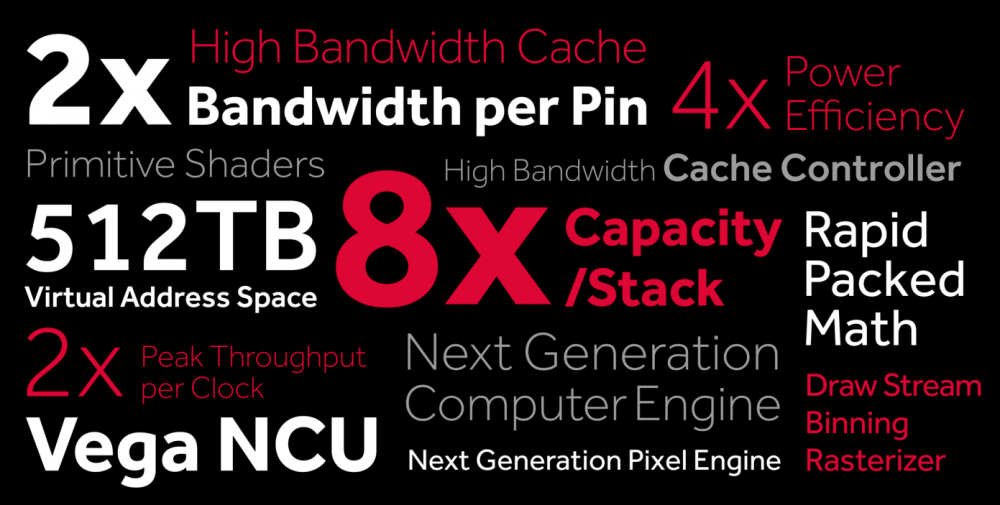https://software.intel.com/en-us/articles/rasterization-on-larrabee
Further reading here just reveals that Binned Rendering is another name for Tiled rendering. So AMD has moved Vega to a tiled Rasteriser. In the same way that Nvidia moved to a Tiled Rasteriser with Maxwell.
This should greatly increase rasterisation performance and decrease the required bandwidth for rasterisation.
'As noted earlier, Larrabee uses chunked (also known as binned or tiled)
rendering, where the target is divided into multiple rectangles, called
tiles. The rendering commands are sorted according to the tiles they
touch and stored in the corresponding bins, and then the contents of
each bin are rendered separately to the corresponding tile. It's a bit
complex, but it considerably improves cache coherence and
parallelization.'
Further reading here just reveals that Binned Rendering is another name for Tiled rendering. So AMD has moved Vega to a tiled Rasteriser. In the same way that Nvidia moved to a Tiled Rasteriser with Maxwell.
This should greatly increase rasterisation performance and decrease the required bandwidth for rasterisation.
'As noted earlier, Larrabee uses chunked (also known as binned or tiled)
rendering, where the target is divided into multiple rectangles, called
tiles. The rendering commands are sorted according to the tiles they
touch and stored in the corresponding bins, and then the contents of
each bin are rendered separately to the corresponding tile. It's a bit
complex, but it considerably improves cache coherence and
parallelization.'





